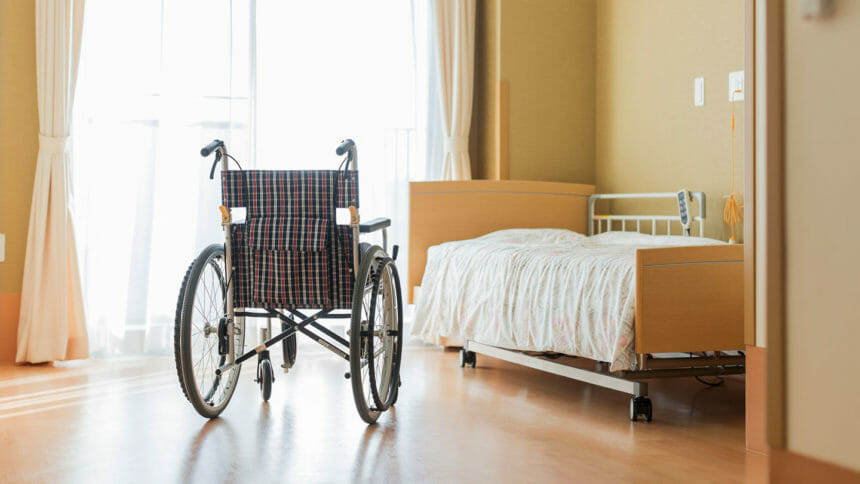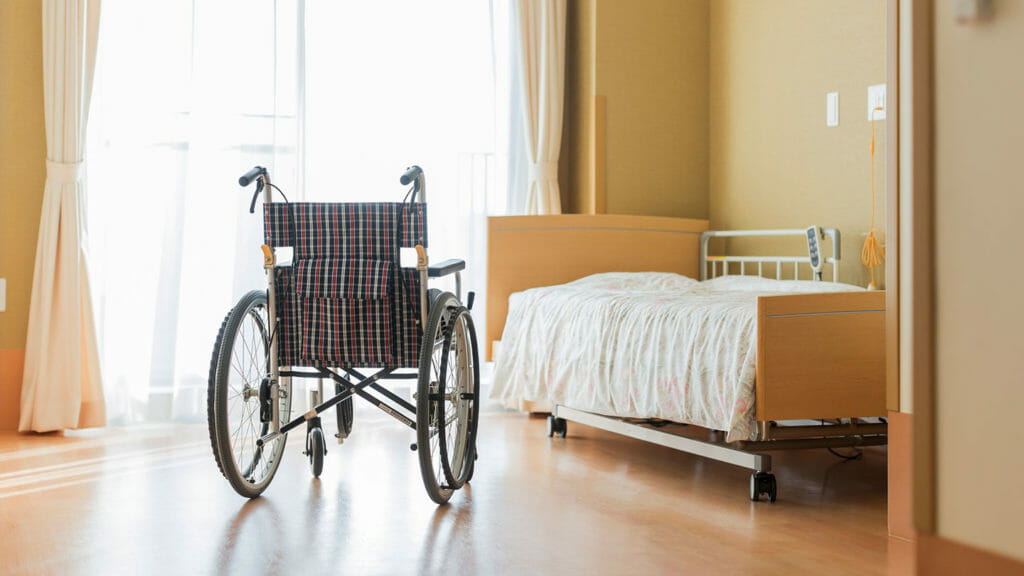

Demand for skilled nursing is on the rise, as occupancy continues to recover from pandemic lows, according to the latest Skilled Nursing Monthly Report released by the National Investment Center for Seniors Housing & Care.
Skilled nursing occupancy reached its highest level in February since April 2020, according to NIC MAP data prepared and released by NIC MAP Vision. Occupancy increased 94 basis points (0.94%) from January to February, ending the month at 76.7%.
Occupancy had reached its low point, 71.9%, in January 2021. Recovery has decreased somewhat as operators faced challenges from the delta and omicron variants of COVID-19, and staffing shortages have made it difficult for operators to admit new residents.
“However, the current occupancy trend does suggest that the demand for skilled nursing properties is recovering,” NIC Senior Principal Bill Kauffman wrote in a blog post. SNF occupancy, he said, has increased 439 basis points (4.93%) from a year ago and 480 basis points (4.8%) from its pandemic low
Managed Medicare revenue mix increased 83 basis points (0.83%) from January to February, ending the month at 11.4%, the highest level since March 2019.
“This increase, along with improving overall occupancy and rising managed Medicare patient day mix, suggests higher demand from managed Medicare beneficiaries for skilled nursing care,” Kauffman wrote.
Patient day mix also trended upward, increasing 125 basis points (1.25%) to end February at 8.5%. Meanwhile, the managed Medicare revenue per patient day rate increased in February to $450.
The revenue per patient day increase occurred in a month during which COVID-19 cases were declining, which suggests higher-need resident and patient care in February, Kauffman noted.
Medicare revenue per patient mix decreased for the second month in a row, falling 33 basis points from January to end February at 63.3%.
“Some of the explanation of this yearly decline in Medicaid patient days is due to the spike in omicron cases in January as operators moved residents from Medicaid to Medicare days as they required isolation and higher skilled care,” Kauffman wrote.





